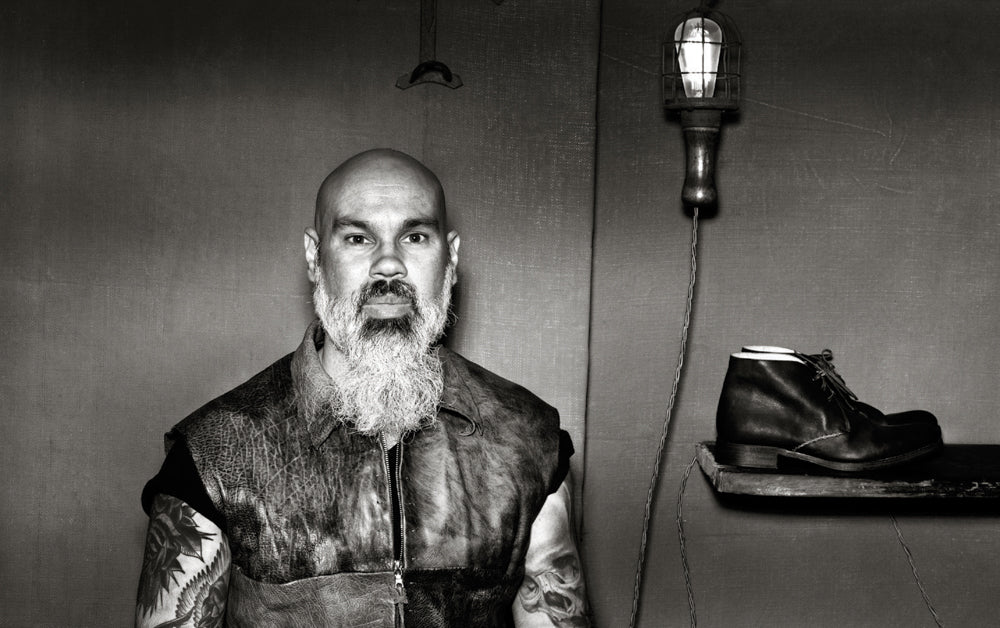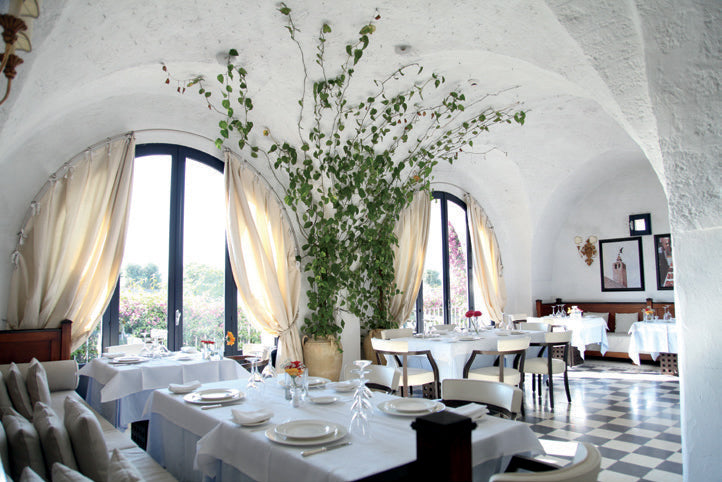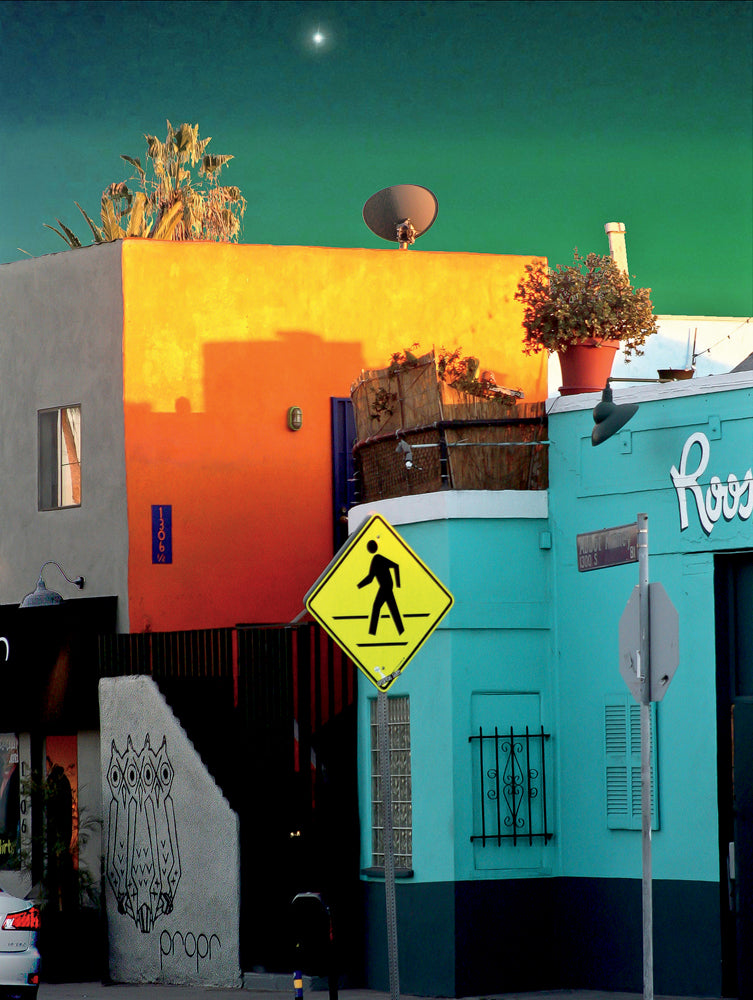
Passport: Shoreditch
PASSPORT: SHOREDITCH

For 15 years, the gritty neighborhoods of London’s rough-and-tumble East End have been steadily gentrifying. It has proceeded logically from the west, starting with Spitalfields, then to Hoxton and Shoreditch, and finally to Whitechapel. As is often the case, artists led the way; art dealers, young chefs, hip hoteliers, imaginative merchants, and their affluent customers gradually followed. In 2000, when White Cube — the most influential contemporary gallery in London — opened an outpost on Hoxton Square, Shoreditch became the vibrant heart of the East End, a position it has never relinquished.
Geographically defined by the Old Street roundabout to the west, the curry houses of Brick Lane to the east, übercool Hoxton Square to the north, and noisy Spitalfields Market to the south, today’s Shoreditch is a savory mélange of creative tribes, commercial interests, and cultural influences: the art and fashion crowd; business and digital entrepreneurs; hipsters and bohemians; and Cockneys, the original blue-collar inhabitants who ensure that the East End will never fall into arty pretentiousness or comfortable respectability.
As a result, Shoreditch is a district of contrasts. Divey bars and louche watering holes sit cheek by jowl with elegant boîtes and chic boutique hotels. Case in point: Terence Conran’s expansive Boundary development. Housed in a former Victorian warehouse, it incorporates a hotel as well as three restaurants and bars, including a lovely roof terrace. The Andaz Liverpool Street is another luxury hotel housed in a Victorian building, this one a former railway hotel. And Shoreditch House, an exclusive private club, also in a renovated warehouse, has 26 stylish and affordable rooms available to nonmembers.
Shoreditch offers diverse dining possibilities. On the high end, there’s Tramshed on Rivington Street, which serves only two main-course options: chicken or steak, both sensationally good. Damien Hirst’s monumental Cock and Bull (a vitrine containing a rooster riding a cow) floats above the main room. If you prefer the low-key route, opt for a plate of pasta and a pint of Guinness at hipsterish Jaguar Shoes on Kingsland Road. For an English breakfast made from fresh local produce, head to Albion, a street-front bakery and café on the ground floor of the Boundary hotel.
If you’re looking to splurge on stylish menswear, Shoreditch has a profusion of offerings including the English heritage brand, Sunspel, on trendy Redchurch Street; the understated Parisian label, A.P.C., also on Redchurch; and A Child of the Jago, on Great East- ern Street, where the tailored clothing shows the influence of Vivienne Westwood — unsurprisingly, since the owner, Joe Corre, is her son. Shoreditch is rich in other types of stores, such as Labour and Wait on Redchurch, which sells “timeless, functional products for everyday life”; Ally Capellino, also on Redchurch, for waxed cotton, canvas, and leather bags; and Tokyo Bike on Tabernacle Street, the outpost of a Japanese company famed for its eye-catching urban bicycles — perfect for getting around this unpretentious neighborhood.
Hostem, 41–43 Redchurch Street



Hostem’s exterior is so nondescript it’s easy to overlook. Once inside, you’ll soon discover why London’s fashion-forward brigade has been raving about this temple of menswear ever since British style guru James Brown opened it in 2010. Hostem’s modern-meets-heritage interior features reclaimed Victorian-era pine floors, burlap-covered walls, and squirrel-cage lightbulbs hanging on black cables. However, the clothes take center stage.
The lower level showcases street and work-wear collections, such as Adam Kimmel and Visvim, along with several Japanese brands previously unavailable internationally and exclusive to Hostem; the main floor focuses on high-fashion labels like Geoffrey B. Small, S.N.S. Herning, and MA+; the third room is an ever-evolving space for the display of up-and-coming designers.
Even checkout is a special: Receipts are artfully handwritten by the store staff. The bill will run you a pretty penny, but the intimate shopping experience makes it worthwhile. And don’t forget to pick up the in-house magazine, Sebastian, on your way out.

Q&A with Darren Rudland, Store manager at Hostem
HOSTEM OPENED IN SUMMER, 2010. WHY SHOREDITCH?
The owner, James Brown, had been looking everywhere for the right location for two years. When the opportunity came to open on Redchurch Street, we didn’t think twice. The resurgence that’s happening in the area is phenomenal. And it’s great to see independents at the forefront of this process, such as our neighbors Labour and Wait, Radio, and Aesop.
THE STORE’S INTERIOR IS VERY IMPRESSIVE.
It was designed by a husband-and-wife team called JamesPlumb. They do a lot of reworking of antiques and reclaimed pieces; one of the first things they found for the store was the church pew that now forms the basis of the front desk. They’re also creating our new space downstairs, the Chalk Room, where we’re launching “Hostem Bespoke” in September.
WHAT’S THE PHILOSOPHY BEHIND HOSTEM?
Hostem caters to an informed, fashion-literate customer who wants some depth and variety in the clothes he chooses. The store has a certain “rough-luxe” aesthetic that comes from how we merchandise and the labels we work with.
WHAT ARE YOUR PERSONAL FAVORITE BRANDS IN THE STORE?
MA+, because of its expertise in working leather; whether it’s a jacket or a pair of boots, the finish and styling are always distinctive. And Geoffrey B. Small, because of his attention to detail and his overriding passion for what he believes in. With each piece being totally handmade, I feel that he always gives something totally unique.
WHAT MAKES SHOREDITCH A MUST-SEE?
For me, Shoreditch is still one of the last bastions of London. It has managed to retain its original character yet offers a real melting pot of cultures where people come together in many different ways. One of the best things to do is just wander and take in what every street and avenue presents. I always find it full of surprises. Within a small area you can find experiences as diverse and different as Brick Lane, the Columbia Road Flower Market, Shoreditch House, or any of the incredible retail options just a stone’s throw from our doorstep.
Anthem, 10–12 Calvert Avenue



You may not recognize the name of the man behind this indie clothing store, but Simon Spiteri is the former head of menswear at Liberty, and he’s brought some of that iconic West End department store’s wonderful eccentricity to the East End. Spiteri, who co-owns Anthem with Jeremy Baron, focused on creating a tightly edited world’s fair of men’s fashion — from shirts to shoes — gathering together the best brands from around the globe.
The dazzling roster includes 45rpm and Kapital from Japan, Barena Venezia from Italy, Dries van Noten from Belgium, and England’s own Oliver Spencer. Despite the fact that many of the brands are international, the store has a recognizable house style centered on classic, tailored pieces with elements of British heritage thrown in. The artisan-inspired interior is almost as interesting as the merchandise, with natural wood, bare brick walls, quirky vintage furnishings, and an eclectic selection of works of art, which are also for sale.
Present, 140 Shoreditch High Street


Behind the partly original “Golden Horn Cigarette Company” storefront lurks a modern industrial-looking space that’s more like a miniature department store than a regular men’s clothing shop. Along with a wide-ranging selection of heritage-inflected menswear, Present sells books, magazines, accessories, shoes, stationary, and gifts; it also boasts an in-store coffee stand that serves a first-rate brew. Founded by Eddie Prendergast and Steve Davies, who established their reputations with the label Duffer of Saint George, the store caters to creative director types who want to be fashionably on-trend without looking runway obsessed.
In addition to the house brand, you’ll find tightly edited collections from the world’s top labels, including Nigel Cabourn, Trickers, Nanamica, and Gitman Vintage. And style-minded urban cyclists shouldn’t overlook the Japanese brand PEdALED, which is riding gear that’s strikingly cool and impeccably functional.
Story Deli, 3 Redchurch Street


Italian-flour base is piled high with inventive toppings: The Fico (goat cheese, Parma ham, salad leaves, fig-and-olive tapenade, red onion, capers, and thyme) and the Mushroom (garlic-and-thyme–roasted mushrooms, mascarpone, roasted sweet red onion, garlic, salad leaves, buffalo mozzarella, and basil pesto) were two of our favorites from the extensive menu. Most of the pizzas are $26, and wine is $39 a bottle. Save room for the mixed-berry cheesecake — it’s surprisingly light.


